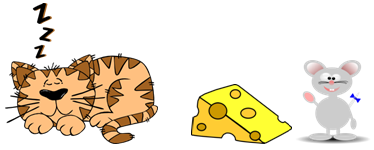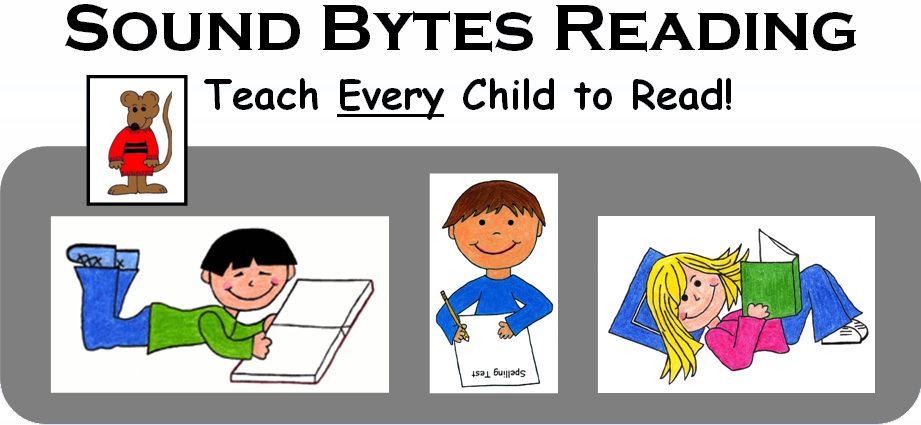Beginning Readers & Learning to Write

After children learn how to trace lines and simple letters they will begin to make strokes on their own. Last week I talked about how children first learn to draw vertical and horizontal and slanted lines and then, as they begin to gain more small motor control with a pencil, they learn to make curved lines.
It is easier for children to learn to write the alphabet if they first practice tracing the letters, and then learn to copy them, and finally they will begin to write the letters from memory. Capital letters are easier than lower case letters for beginners to learn to write because the lower case letters have more curved lines, so beginners often begin to write in capitals.
Try to teach your children the letter names when they are learning to write capitals, and letter sounds when they are learning to write lower case letters.
As soon as children understand that letters make words, many of them will want to begin to write words. Often, first attempts at writing look similar to this:

This is how a beginning reader begins to write. He or she cannot spell very many words just yet, but uses some basic phonics knowledge to begin to write sentences. If you read phonetically, it is pretty easy to decipher what this child was trying to say. If you sight read, however, you may not be able to figure it out.
Some teachers call this “invented spelling.” There is controversy over whether children should use invented spelling to write or not. Personally, I think that young students should be encouraged to write as much as they want without being corrected on every word. When they get older and you re-read these first stories, it will make you smile!
We want to encourage children to write, and we want them to get their ideas down on paper, so we want to be careful with correcting them when they are doing creative writing. Help with spelling if they ask for help. The time to correct spelling is when we are teaching spelling (and that should be taught in conjunction with learning to read—not separately from it). If children are taught to read phonetically and at the same time, to spell the same words they are learning to decode, they will learn how to spell words correctly.
Next week I will talk about how to encourage your child to write when he/she can’t think of anything to write about!
